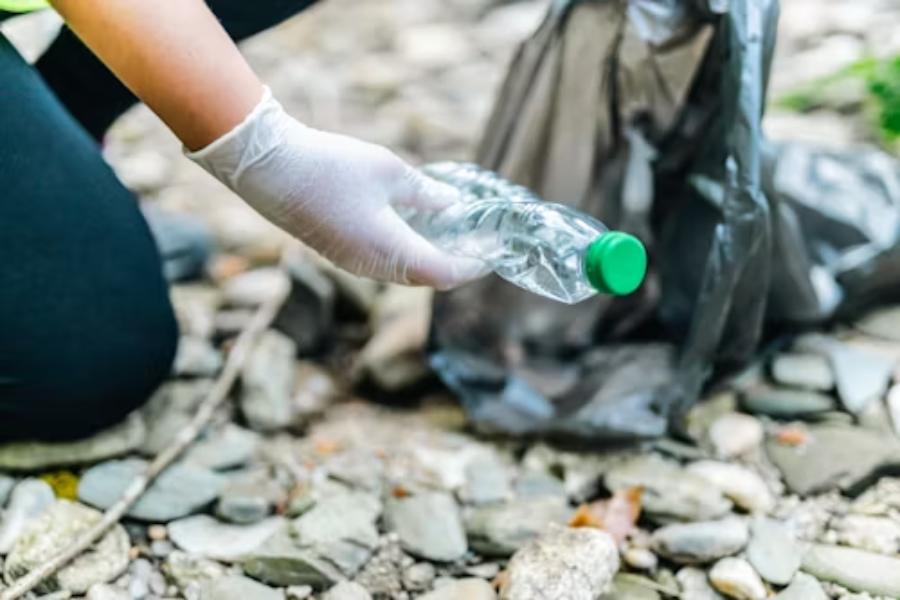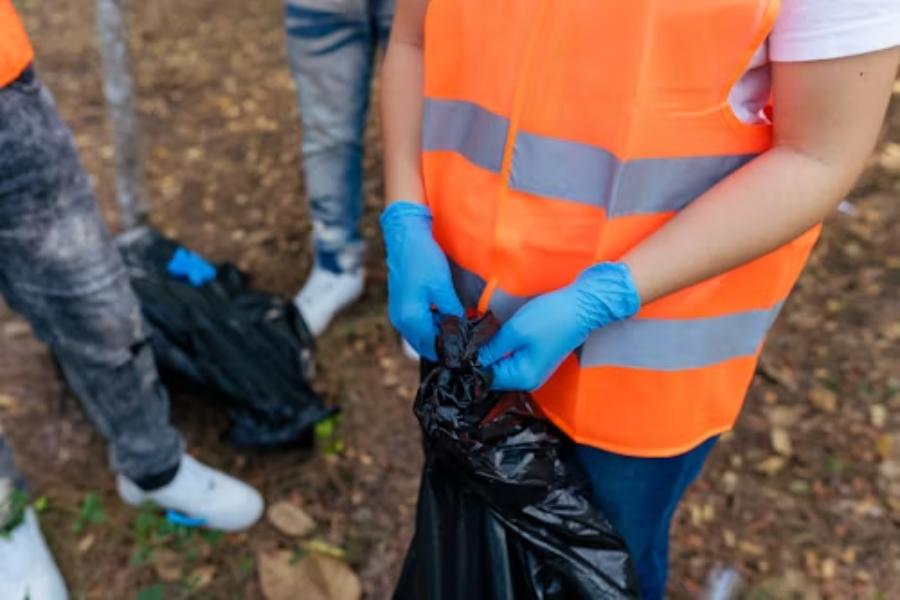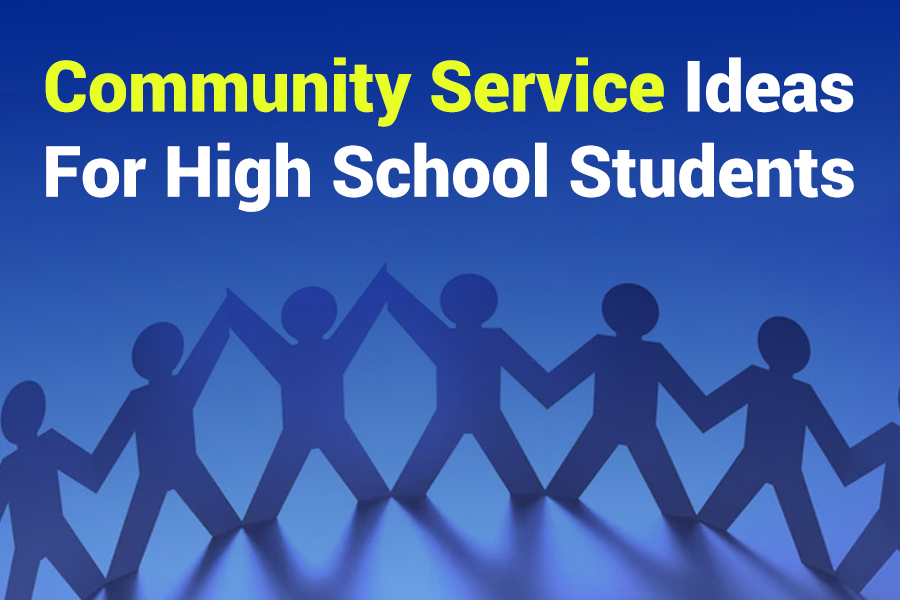Community service does more than help others—it shapes you. For high school students, volunteering builds skills, strengthens college applications, and sparks a deeper sense of responsibility. According to a National Center for Education Statistics report, over 60% of U.S. high school students participate in some form of community service each year.
Still, many students ask the same question: Where do I start?
This guide collects 75+ community service ideas from nonprofit experts, education advisors, and teen volunteer resources. Each idea is practical, approachable, and designed to match different interests—from helping people to protecting the planet.
Why Community Service Matters for High School Students
- Skill development: Leadership, communication, and time management.
- Academic growth: Tutoring or mentoring sharpens knowledge while helping others.
- College readiness: Admissions officers value service that aligns with your passions.
- Personal growth: Volunteering builds empathy and resilience.
- Networking: Service connects you with mentors, peers, and organizations.
A 2023 survey by AmeriCorps found that students who volunteer are 50% more likely to graduate on time. Service helps you, not just the community.
How to Choose the Right Community Service Project
Not every opportunity will fit. The best service connects to your interests and strengths.
Ask yourself:

- Do I prefer working with people, animals, or the environment?
- Do I enjoy hands-on activities, creative projects, or organizing events?
- Can I commit weekly, monthly, or just once in a while?
- Do I want to join an existing program or start my own initiative?
IvyWise experts recommend prioritizing quality over quantity. Colleges notice when service feels genuine.
75+ Community Service Ideas for High School Students
Below are grouped ideas with explanations. You don’t need to try them all—pick what excites you.
- Helping People in Your Community
- Tutor younger students: Offer homework help in math, reading, or science.
- Mentor middle schoolers: Guide students through school transitions.
- Teach tech skills to seniors: Help older adults with phones, social media, or email.
- Babysit for free: Support single parents or low-income families.
- Coach youth sports: Share your skills in soccer, basketball, or baseball.
- Assist at libraries: Organize books, lead reading hours, or help with events.
- Host art workshops: Teach drawing, painting, or crafts for kids.
- Organize a talent show at a shelter: Entertainment uplifts people in difficult situations.
- Support mental health campaigns: Create awareness posters, podcasts, or events.
- Deliver meals: Partner with local nonprofits to bring food to homebound residents.
- Translate documents: Support immigrant families by offering language skills.
- Help with tax prep: Volunteer at community centers during tax season.
- Provide career mentoring: Share resume or job interview tips with peers.
- Assist at blood drives: Help with logistics or promotion.
- Organize back-to-school backpack drives: Collect supplies for students in need.
- Environmental Community Service Ideas
- Clean up parks: Gather friends to pick up litter in public spaces.
- Beach or river cleanups: Reduce plastic waste in your community.
- Start a recycling drive at school: Collect bottles, cans, and electronics.
- Plant trees: Partner with environmental nonprofits for tree-planting events.
- Build a community garden: Grow food for local families or food banks.
- Organize an energy-saving campaign: Teach others about reducing electricity use.
- Create wildlife shelters: Birdhouses or bee hotels help local ecosystems.
- Lead a water conservation program: Share practical tips at schools or community centers.
- Host environmental awareness fairs: Use games, posters, and booths to teach.
- Promote eco-friendly transportation: Encourage biking or walking through challenges.
- Host e-waste collection events: Collect old phones and computers for recycling.
- Start composting programs at school: Reduce food waste effectively.
- Teach sustainable fashion: Organize clothing swaps and workshops.
- Document local pollution: Create videos or blogs highlighting issues.
- Create environmental podcasts: Share tips and local success stories.
- Supporting Vulnerable Groups
- Collect clothing for foster children: Run donation drives at school.
- Organize food drives: Stock local food pantries with essentials.
- Make care packages: Assemble hygiene kits for shelters.
- Help at homeless shelters: Serve meals or assist with logistics.
- Support refugee families: Offer tutoring, language help, or childcare.
- Write letters to hospital patients: Encouragement goes a long way.
- Visit nursing homes: Play games, read, or simply listen.
- Fundraise for disaster relief: Use bake sales, car washes, or concerts.
- Organize toy drives: Partner with nonprofits during holidays.
- Support after-school programs: Assist teachers or program leaders.
- Offer English lessons: Help immigrants strengthen language skills.
- Host financial literacy workshops: Partner with local banks or teachers.
- Create digital literacy classes: Teach online safety and computer basics.
- Support children of deployed soldiers: Provide tutoring or fun events.
- Host cultural exchange programs: Celebrate traditions and inclusivity.
- Animal Welfare Ideas
- Walk dogs at shelters: Give pets exercise and attention.
- Foster kittens or puppies: Provide temporary homes until adoption.
- Run pet adoption events: Help shelters connect animals with families.
- Organize a pet food drive: Collect food for struggling pet owners.
- Create awareness campaigns: Teach about spaying, neutering, and adoption.
- Help at wildlife rescue centers: Assist with cleaning, feeding, or education.
- Build toys or bedding for animals: Craft simple enrichment items.
- Design a website for a local shelter: Use digital skills to expand reach.
- Promote lost-and-found pet boards: Help reunite families with pets.
- Lead a “pets in school” awareness project: Advocate responsible pet care.
- Volunteer with horse rescues: Support stables or riding therapy programs.
- Organize spay-and-neuter awareness walks: Promote affordable clinics.
- Create online campaigns for shelter donations: Use social media to help.
- Make pet toys from recycled materials: Affordable and eco-friendly.
- Assist in veterinary clinics: Shadow professionals and help with tasks.
- Fundraising & Advocacy Projects
- Charity bake sales: Simple, effective, and popular.
- Car washes for a cause: Raise funds for local nonprofits.
- Benefit concerts: Use student musicians and performers.
- Host sports tournaments: Entry fees go toward charity.
- Auction student art: Turn creativity into funding.
- Organize walkathons: Fitness plus fundraising.
- Sell handmade crafts: Bracelets, cards, or knitted items.
- Run social media campaigns: Raise awareness for global causes.
- Start a podcast or blog: Highlight community issues and nonprofits.
- Partner with local businesses: Arrange profit-share days for causes.
- Host movie nights: Charge admission and donate proceeds.
- Plan themed dinners: Share cultural food while raising funds.
- Organize book swaps: Entry fees go to charity.
- Launch crowdfunding campaigns: Use platforms like GoFundMe.
- Start advocacy clubs: Focus on climate change, human rights, or health.
Data Spotlight: How Students Volunteer in the U.S.

- 64% of teens report volunteering at least once a year (DoSomething.org, 2024).
- Top causes: environment, education, and poverty relief.
- Average time: teens contribute 29 hours of service annually (Corporation for National and Community Service).
- Students who volunteer are twice as likely to vote as adults.
These numbers highlight the lasting impact of early community involvement.
Tips for Successful Community Service
- Start small: Even one hour a week counts.
- Be consistent: Reliability matters more than occasional bursts.
- Document your work: Track hours, take photos, and write reflections.
- Work with friends: Projects succeed with team energy.
- Stay safe: Follow all guidelines when working in public or with vulnerable groups.
- Connect with nonprofits: They provide structure and resources.
- Reflect afterward: Journaling helps process lessons learned.
How to Create Your Own Service Project
If no opportunity matches your passion, build one. IvyWise stresses that self-started initiatives often stand out in applications.
Steps:
- Identify a need in your community.
- Gather a small team.
- Outline a clear, simple goal.
- Promote using flyers and social media.
- Track results and share impact.
Example: A student passionate about coding launched a free weekend coding club for middle schoolers—blending personal interest with community service.
The Link Between Service and College Applications
Admissions officers want to see service that feels authentic. A 2022 Princeton Review survey found that more than 60% of admissions counselors rank community service as a strong factor in applications.
Tips:
- Don’t chase prestige—chase passion.
- Reflect on impact in essays.
- Show growth over time.
FAQs About Community Service for High School Students
What counts as community service for high school?
Anything that helps the community without pay—tutoring, cleanups, food drives, or advocacy.
How many hours of service should I aim for?
Colleges don’t require a set number. Aim for 50–100 hours spread consistently over years.
Does community service have to be in-person?
No. Online tutoring, digital content creation, or virtual campaigns also count.
Can I start my own community service project?
Yes. Colleges love self-initiated projects because they show leadership.
Do colleges prefer specific causes?
No. They value authenticity. Focus on causes you care about.
Conclusion
Community service is not about filling hours—it’s about shaping character. From tutoring kids to cleaning rivers, each project adds meaning to your high school journey. Start with one idea, stay consistent, and watch how your contributions ripple outward.
Remember, your impact may begin small, but it can change lives—including yours.

